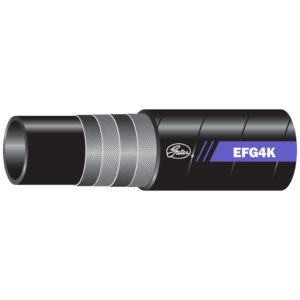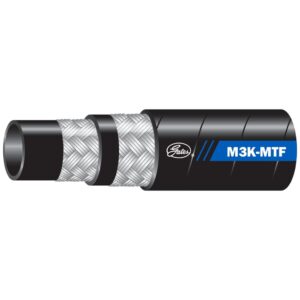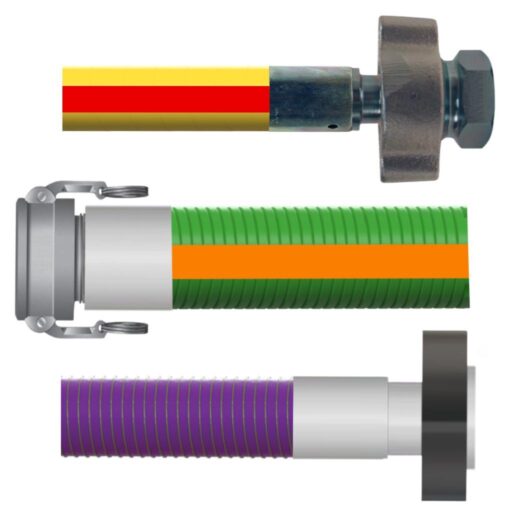De-energizing your pneumatic air lines is an OSHA standard requirement
OSHA – Energy Control Procedure -1910.147(c)(4)
Procedures shall be developed, documented and utilized for the control of potentially hazardous energy when employees are engaged in the activities covered by this section.
Static pressure built up in pneumatic air lines may lead to a dangerous scenario involving “hose whip.” This is when an air line whips uncontrollably, sometimes at a high velocity, potentially leading to bodily harm and/or property damage. Pneumatic safety exhaust products are designed to address these dangers and assist in keeping your plant compliant with OSHA standards associated with the exhaust of air from lines that produces energy. Without the proper use of safety products in your applications, the improper venting of pressurized lines can lead to serious bodily injury to employees, personnel, and maintenance crews.
There are a variety of products to contain or prevent hose whip. In the case of pneumatic air lines, safety exhaust ball valves can eliminate the dangers associated with charged lines by eliminating hose whip. These types of ball valves are OSHA compliant and are highly recommended in pneumatic applications.
Safety exhaust ball valves are specially designed with internal pressure release points to automatically discharge air from pressurized lines. Vent holes allow automatic venting of air, relieving downstream pressure. In doing so, hose recoil can be eliminated, and noise level can be effectively reduced.
A type of ball valve, called an automatic drain and latch lock handle exhaust valves, is designed with a full port from hot forged brass and includes a blowout-proof stem. An automatic downstream vent with a lockable handle will bring your pneumatic application into compliance with OSHA’s safety requirements.
Automatic Drain Valves are an important safety feature for compressed air applications with machinery that uses air as an energy source. A conventional shut off valve can trap compressed air in pneumatic powered machinery, which could create a potentially dangerous situation.
No machined part is going to last forever, so it’s important to consider the “end of life” of the various machined components. Having auto-venting valves and/or couplings means that there is a predetermined leakage path when and if those components fail. This drastically reduces the localized dangers from flying debris and hose whip if there is an unexpected failure.
Regular maintenance on equipment, visual inspections and testing should be conducted regularly to pinpoint dangers from deteriorating equipment and components. Often just taking the time to look closely at each component on a machine will easily uncover potential failure points, especially when inspected by an experienced professional. An inspection may also identify wear and tear on hose lines where internal braiding is beginning to show due to consistent abrasion or rubbing. There may be visual dry rot, heat damage, cuts or nicks and other types of damage to a hose line that an inspection would reveal. In many cases, these early indicators of potential hose failure are overlooked during day-to-day operations, but a thorough inspection identifying existing hazards can save time, costs and employee well-being in the long.
Summers Rubber offers no charge safety surveys for companies within our service area. As a member within the Singer Equities Group, Summers Rubber works with a myriad of sister companies nation-wide who can assist if geographical constraints exist. Please call to find out how we can help.
A trained professional can inspect your equipment on-site or provide guidance and offer product solutions to safety inspectors and plant managers looking to comply with OSHA standards and improve the safety of operations that they oversee. An inspection can include reviewing the proper exhaust of unwanted air from your air lines or can be as broad as to inspect all hose lines at a given site and offer recommendations to avoid the long-term costs associated with unexpected failures, such as downtime and property damage.
For more information, Contact Us at our website.




























